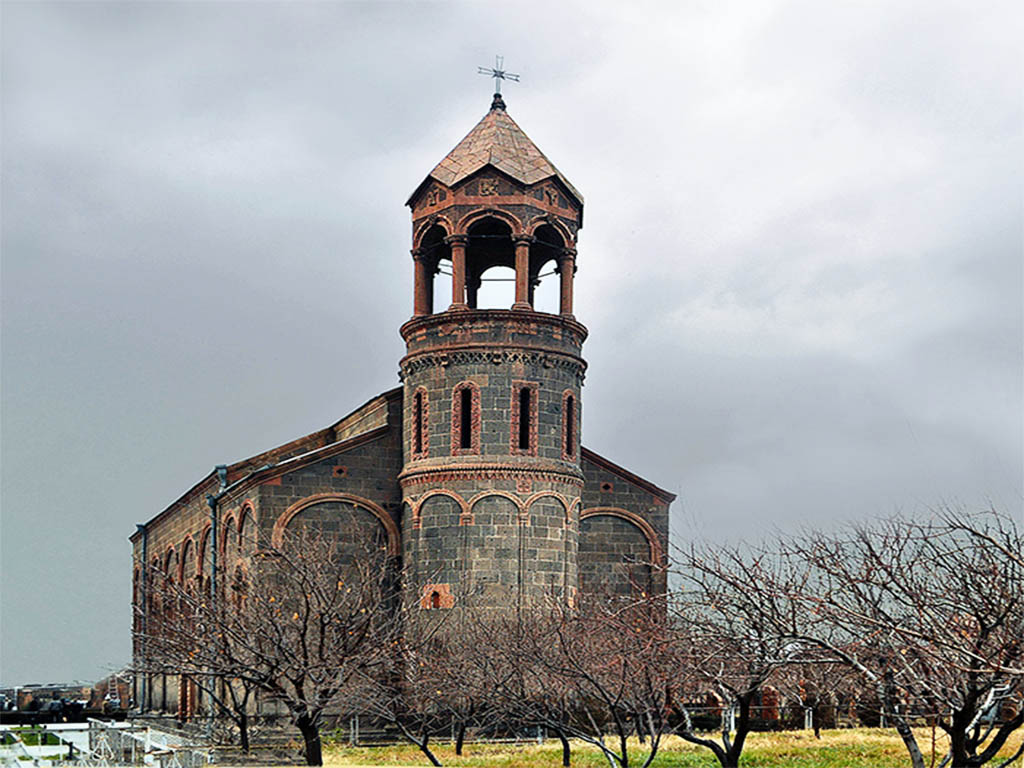
Thirty kilometers far from Yerevan is located the village of Oshakan, surrounded with vineyards and gardens. A big ancient settlement is welcome to the guests: it is warm here and delicious, storks build nests and monuments of architecture grow from the fertile land, furious battles rattled here and the peaceful life went on for centuries. But in the autumn, with the beginning of school, streams of pupil’s voices flow into Oshakan, breaking the silence of the front garden, before the church of St. Mesrop Mashtots, under the altar, where he is buried.
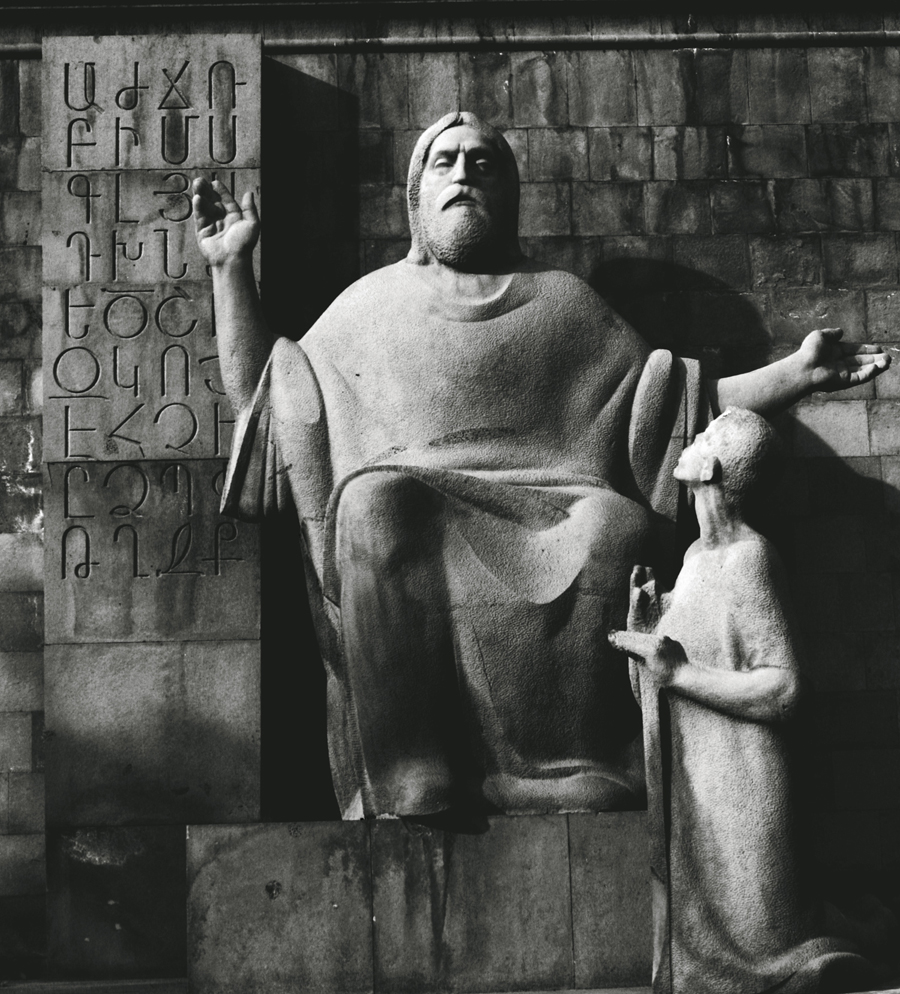 Perhaps, the tradition of bringing first-graders to the grave (even of a holy/saint and educated person) may seem gloomy. If you do not know, that this is the last monastery, a kind of cornerstone of the modern Armenian language, culture and even statehood, because Mesrop Mashtots is the creator of the Armenian alphabet: one of the most perfect and at the same time mysterious ancient written languages. The life of Mesrop Mashtots and the history of the creation of the alphabet are described in many books. But even today, scientific disputes and even mystical passions do not cease around these strict letters and their origins
Perhaps, the tradition of bringing first-graders to the grave (even of a holy/saint and educated person) may seem gloomy. If you do not know, that this is the last monastery, a kind of cornerstone of the modern Armenian language, culture and even statehood, because Mesrop Mashtots is the creator of the Armenian alphabet: one of the most perfect and at the same time mysterious ancient written languages. The life of Mesrop Mashtots and the history of the creation of the alphabet are described in many books. But even today, scientific disputes and even mystical passions do not cease around these strict letters and their origins
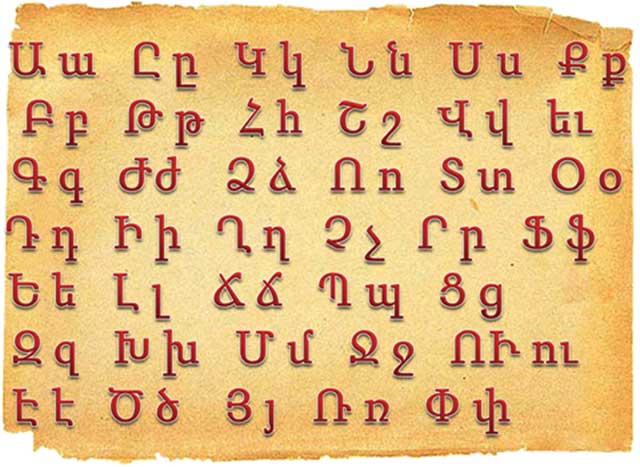
Today among linguists, there is no common opinion about the origin of Armenian letters. Among the prototypes there are; Greek alphabet, the ancient Armenian writing and the Daniel’s Script (which are also a subject for long-standing discussions). The Armenian alphabet does not resemble to any other language, just like the language itself. There are lots of sounds in it, and Mesrop Mashtots fixed and separated each sound as one letter, refusing to use diacritical marks. The modern Armenian alphabet consists of 39 symbols. Although they are graphically similar to foreign letters, Armenian letters sound completely different.
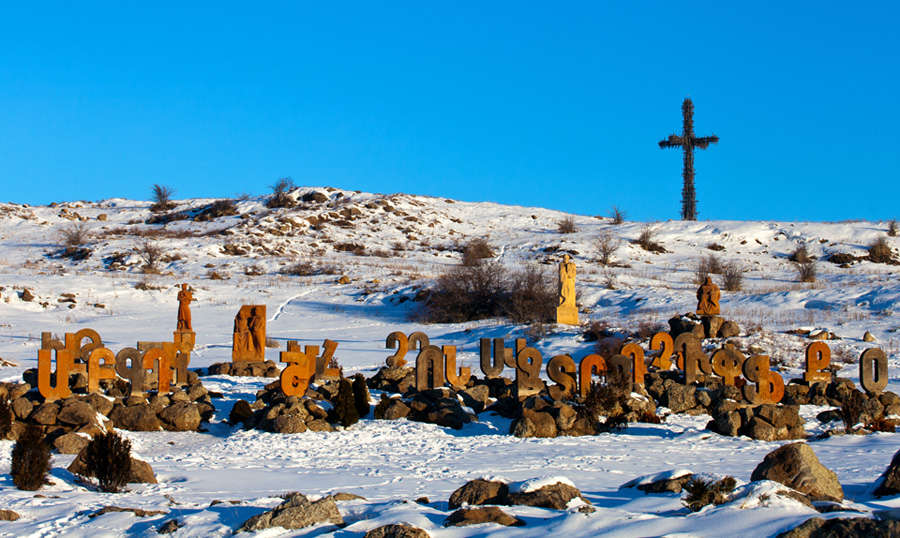
Regardless of the “nationality” of the symbols taken as a basis, Mesrop Mashtots undoubtedly created an independent system, very logical, very beautiful. Moreover, his alphabet took into account the peculiarities of pronunciation and sounds in the speech of Armenians living in different regions of the country. Perhaps, due to this system, Armenian people preserved unity and national identity, survived many disasters and kept the cultural heritage.

When was the Armenian alphabet created?
At the end of the 4th century and at the beginning of the 5th century, Armenia was divided between the Roman Empire and Persia, between Christian and pagan cultures. And the creation of the alphabet in 405 was not only a natural stage of the development of speech, but also a necessity for a rapid expansion of Christianity among the common people. It is not surprising that the first monuments of Armenian writing, which came to us, are church inscriptions and manuscripts. The earliest dates are the second half of the 5th century.
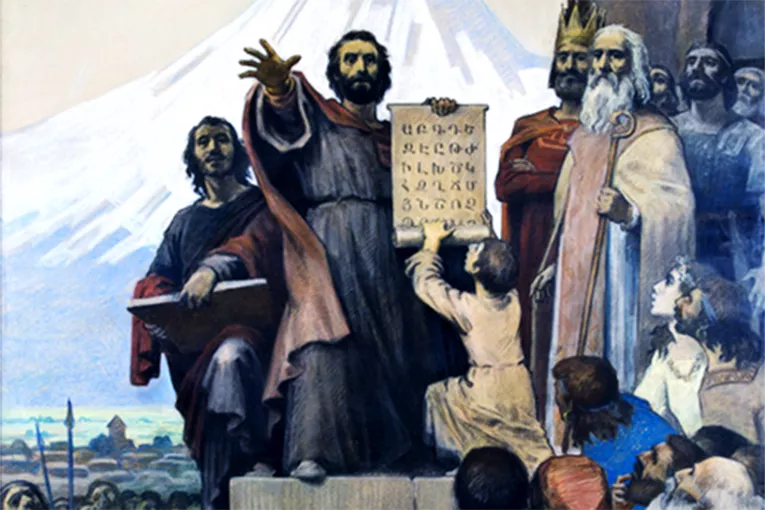
The Armenian alphabet serves for the unity of Armenian people also today, as in the years of its infancy, preserves its cultural code, testifies its glorious history. Even figures in the Armenian tradition have an alphabetic record. Armenians are proud of their writing, honor its creator and his companions, disciples and followers. Letters are a popular motif in Armenian art: there are many monuments to the alphabet, khachkars with carved out letters, and of course sculptural and pictorial images of Mesrop Mashtots himself.
Matenadaran
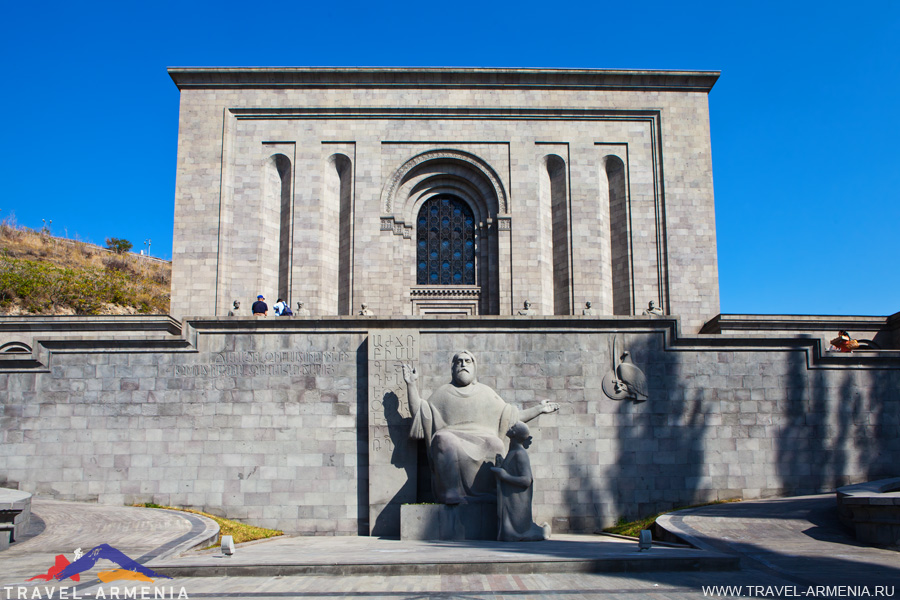
But the most amazing monument is the famous Matenadaran, a repository of books and an institute of ancient manuscripts, which is located in Yerevan. An ascetic appearance from outside; nothing superfluous, nothing pretentious, just like the slender letters. From inside it is a luxurious “garden”, where the letters turn into fantastic birds, musicians and angels in skilled hands of the ancient artists. In addition to archival documents and books, there are 17,000 manuscripts stored in Matenadaran’s funds, more than 11,000 of which are in Armenian.
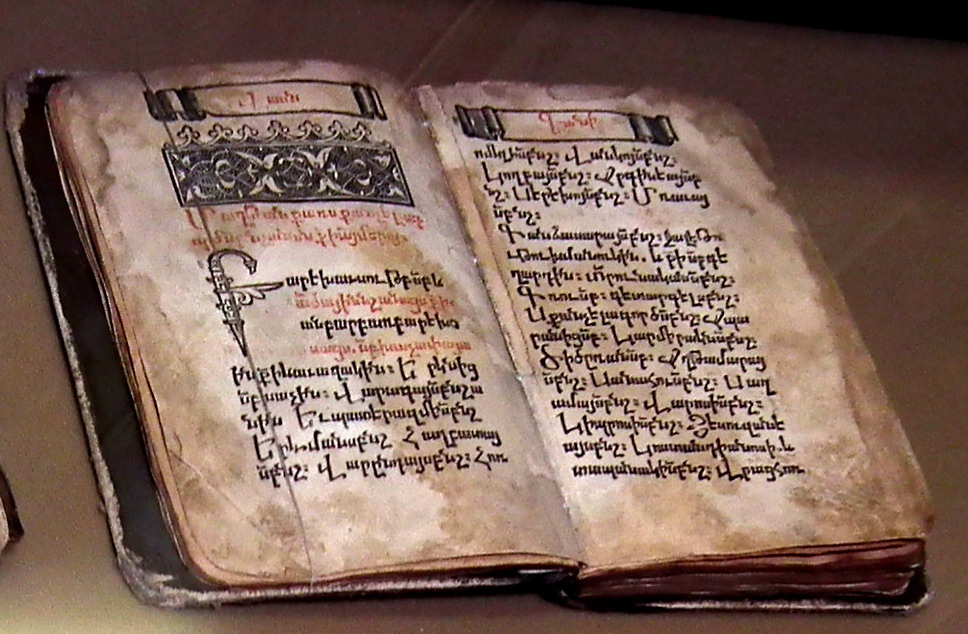
From the moment of the writing the first word with Armenian letters more than 1600 years have passed. They had minor changes during this period. How little has changed; the outlines of the mountains and stones, the color of apricot trees and the taste of the grass, the essence of people and the subjects of fairy tales. “This alphabet was created by a brilliant man with a striking sense of the homeland – it was created once and for all,” he is perfect, “wrote Andrey Bitov. And it is true.
Therefore, planning your vacation in Armenia, be sure to find time for an excursion to Matenadaran.